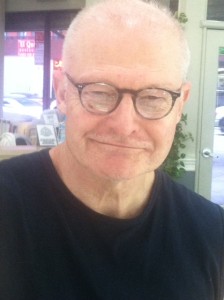Diana Fosha, PhD
View the pdf here
In a present characterized by an excess of openings and dissolving boundaries, we are losing the capacity for closure, and this means that life is becoming a purely additive process. Because it rushes from one sensation to the next, even perception is now incapable of closure. … It occurs to me that we can only experience ‘opening’ if we have ‘closure.’ Our hearts can pump blood only if our chambers can both open and close. The silence between sounds is what creates rhythm. From: Byung-Chul Han, (2020): The Disappearance of Rituals Courtesy of Stephanie Woo Dearden in AEDP 9+1 class 2023
In 16-session AEDP,] EVERY moment counts and presents an opportunity to co- create safety, engage an AEDP change process, and metaprocess moments of change for the better, be they big or small. Richard Harrison Therapist, AEDP Research Project
“We let ourselves aim high, and more often than not we achieve, and even exceed, the goals set at the beginning. …. It has been astonishing to witness case after case of unexpected transformations–it blows my mind and my sense of what is possible has also been blown open. Having witnessed this, I bring more authentic trust to each case, regardless of involvement in the research.” Mary Androff Therapist, AEDP Research Project
Introduction
The notion of finiteness in psychodynamic therapy came from necessity. In the 1940s, psychoanalysis was the dominant model in the US, and psychoanalytic therapy typically went on for many years. After WWII, demand for therapy rose exponentially: waiting lists at clinics and outpatient departments became unmanageable. It is in this context that Alexander & French (1946) developed the first model of time-limited or – short-term psychodynamic psychotherapy. Their aim was to preserve the depth of psychoanalytic treatment while curtailing its length. Incidentally, or not so incidentally, this is also the context in which the concept of the corrective emotional experience arose. Accepting the inevitability of repetition compulsion and of the reenactment of pathological patterns in the transference, Alexander & French’s innovation was to embrace the repetition compulsion yet actively work toward facilitating a different ending, i.e., the corrective emotional experience.1 Thus the shortened length of therapy.
(Read More…) 
